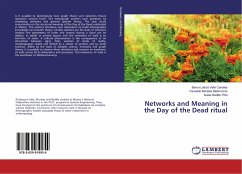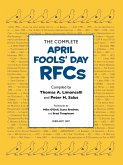Is it possible to demonstrate how graph theory and networks theory represent cultural facts? This monograph answers such questions by employing semiotics and general systems theory. The case study concentrates on the structural meaning of the Day of the Dead celebrated in Mexico. The authors introduce new dimensions to build ethnographic knowledge via network theory: kinship relations are the basis of networks analysis; the parameters of order and control during a ritual can be objects, or public or private spaces; and the invariance of scale is an interface of vision. A cultural phenomenon is the consequence of an interaction between signs, time, varieties of states of reality, metalanguages coded and limited by a cluster of persons and by social contract. Aided by the tools of complex science, networks and graph theory, it is possible to observe these attributes and uncover an invariance of scale across all its dimensions and processes. This invariance of scale is the worldviewor Weltanschauung.








